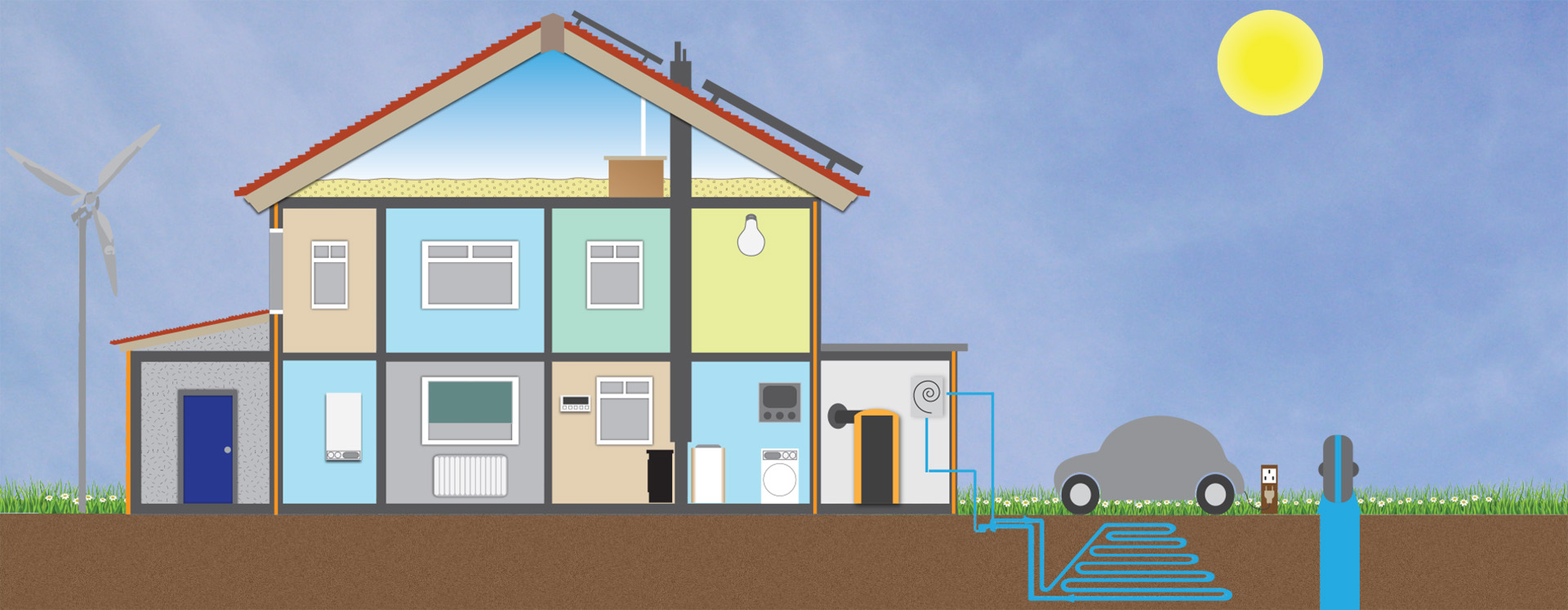Insulating your solid walls could cut your heating costs considerably, because solid walls let through twice as much heat as cavity walls do. The good news is they can be insulated – from the inside or the outside.
If your home was built before 1920, its external walls are probably solid rather than cavity walls. Insulating solid walls will cost more than cavity walls but the savings on your heating bills will be bigger too.
The Energy Saving Trust estimates that savings on heating bills for an average house could be around £460-£490. Due to higher installation costs, payback times can be over 10 years.
Internal or external insulation?
Internal wall insulation is done by fitting rigid insulation boards to the wall, or by building a stud wall filled in with mineral wool fibre inside your house.
External wall insulation involves fixing a layer of insulation material to the wall, then covering it with a special type of render or cladding. The householder can chose from a variety of finishes from smooth, textured, painted, tiled, panelled, pebble-dashed, or finished with brick slips.
Which should I chose?
Internal wall insulation:
- can be cheaper to install
- will slightly reduce the floor area of any rooms in which it is installed
- If there are any problems with penetrating or rising damp these will need to be resolved prior to internal wall insulation work
can be carried out on a room by room basis to reduce disruption and spread cost - requires radiators, door frames etc… to be removed and reattached, along with kitchen and bathroom fittings
External wall insulation:
- can renew the appearance of outer walls
- improves weatherproofing and sound resistance
- fills cracks and gaps in the brickwork, which will reduce draughts
- increases the life of your walls by protecting the brick or stonework
- reduces condensation on internal walls
- may need planning permission
- requires good access to the outer walls
- can be less disruptive than internal wall insulation
- retains the thermal mass of the wall within the insulated space – this can even out temperature extremes
- necessitates the removal of exterior fittings (such as a burglar alarm, satellite dish etc) during the process, and can necessitate extensions to window ledges, and occasionally, roof overhangs.
Come up with your own plan!
Whilst the savings can be considerable with solid wall insulation, it can be expensive. Lots of older houses have an attractive frontage which might not be suitable for external insulation, but a much less impressive rear where external insulation could be just the thing. The front wall can then be insulated internally, one room at a time.

